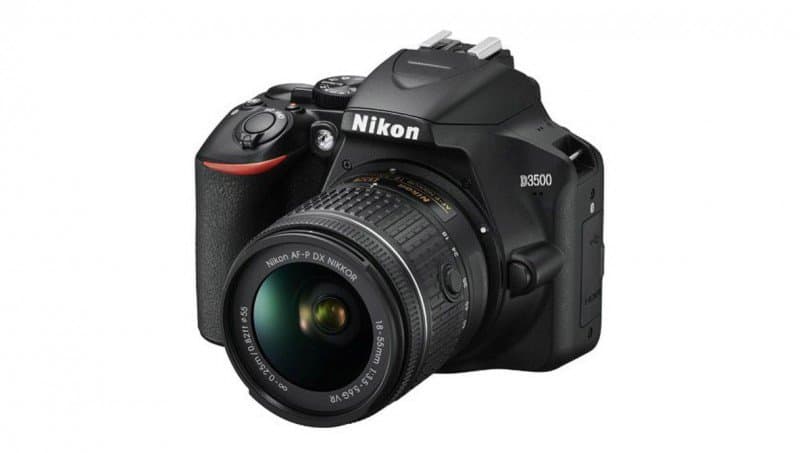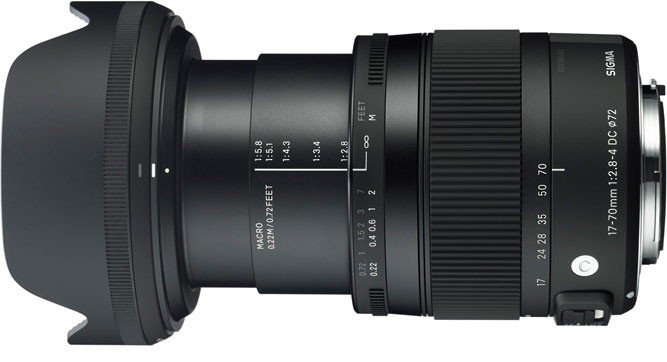Last Updated on January 13, 2019
Video credit: Jared Polin
Camera lenses have a specific purpose. There are telezoom lenses meant for shooting wildlife and sporting activities while there are fixed lenses that can be used for portraits. Most DSLRs come with a packaged lens but over time, you might want to move on to capturing other subjects. And that would require a different kind of lens for a more successful shot.
How do you go about picking the right lens for your Nikon DSLR?
Considering the kind of camera you have
Nikon offers APS-C and full-frame DSLR cameras. The difference between the two are the sensor sizes. An APS-C DSLR has a smaller sensor than a full-frame one. Another way to tell them apart is the presence of an “FX” logo for the full-frame models.
Cameras that belong to the D1, D2, D40, D50, D100, D200, D300, D500, D3000, D5000, and D7000 series are APS-C DSLRs.
On the other hand, series that belong to the D3, D4, D5, D500, D700, D800, or Df are full-frame DLSRs.
It’s important that you know what kind of camera you have because that tells you what lenses you can pair it with. However, a lens meant for APS-C models can be put on an FX-format body but a 1.5x crop factor will be applied.
Lenses for Nikon APS-C DSLRs
- Sigma 17-70mm F2.8-4 DC Macro OS HSM. A standard kit lens provides you with 18-55mm coverage but this one offers a slightly longer range. It also provides a much wider aperture, which is always good for shooting better images in low light.
- Nikon AF-P DX 10-20mm F4.5-5.6G VR. Taking photos of architecture, interiors, and landscapes is where wide-angle lenses can be of service, and this is a good option. While there are better and brighter units, the combination of its size, weight, sharpness, stabilization, and price make it worth your consideration.
- Sigma 30mm F1.4 DC HSM Art. A prime lens is small, light, and sharp and therefore a good companion to have when shooting in low-light conditions. This one in particular has an F1.4 aperture, making it useful in low light plus it helps you create blurry backgrounds when shooting portraits.
- Nikon AF-P DX Nikkor 70-30mm F4.5-6.3G VR. This is a great companion for capturing sporting or wildlife scenes. The support for Vibration Reduction is also helpful in getting sharp images when shooting at long focal lengths.
Lenses for Nikon Full-frame DSLRS
Video credit: PhotoRec TV
- Sigma 24-70mm F2.8 DG OS HSM Art. When you want a general purpose lens, this one covers your basic needs.
- Tamron SP 35mm F1.8 Di VC USD. The SP line of Tamron is really good and this model provides great quality at all apertures. It also doesn’t hurt that it provides image stabilization (VC) for better low-light performance.
- Nikon AF-S 70-200mm F4G ED VR. Go for this model when you want a lightweight and compact telephoto zoom lens. The F4 aperture might not be the best, but it does offer optical stabilization (VR) for when you need to get sharp images when using long shutter speeds.
- Tamron SP 15-30mm F2.8 Di VC USD G2. This second generation 15-30mm from Tamron improves on its predecessor by providing better lens coatings, adding image stabilization, and offering a faster autofocus.




